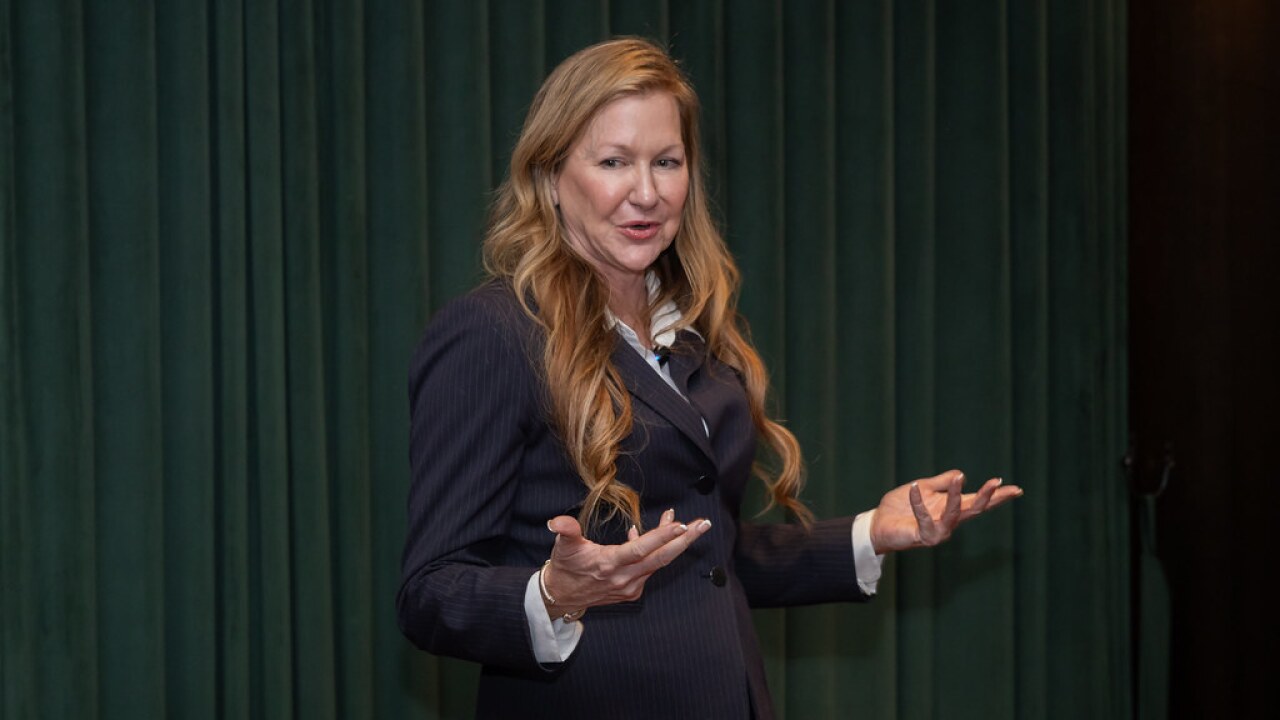American drivers are interested in electric vehicles, the potential of autonomous vehicles and returning to their pre-pandemic driving habits but many are also concerned about the rising costs of car ownership and insurance, according to the
About a third of respondents believe they will never
Millennials are the most eager to go electric, followed by Generation Z, which also believes they will have access to autonomous vehicles in the next five years. However, 40% of respondents said they expect to never use an autonomous vehicle. The reason for the EV interest is mostly motivated by money.
Lakshmi Iyengar, a data scientist at Jerry, said Americans were shocked by the pandemic-related impact on car buying, selling and driving costs.
“Americans experienced sticker shock when shopping for new and used cars in 2021, and no relief is in sight this year,” Iyengar said. “This raises the total cost of car ownership and creates the need to cut costs elsewhere. Despite significant EV interest due to expected cost savings, consumers likely won’t find immediate cost reductions when buying an EV. That may come over the next 10 years as
Additionally, the report identified that some men are
States on the East Coast, including New York ($355), Maryland ($247), Delaware ($242) and New Jersey ($241), were the most expensive, on average, for car insurance, while Vermont ($87), Wisconsin ($90), Idaho ($91) and Oklahoma ($92) were the least expensive states for car insurance, Iyengar told Digital Insurance.
“Insurance carriers may not find this surprising given that the most expensive states are likely more densely populated and have more drivers on the road, which could be associated with risk of accidents,” Iyengar says. “Last year, insurance carriers offered short-term discounts to account for changing driving habits during the pandemic. At the end of 2021, we saw those discounts falling off, which will likely increase average cost for car insurance in 2022 for drivers. But not all workers are hitting the roads again.”
Twenty percent of respondents said they will be driving less in 2022 than they did pre-pandemic. However, a majority, 69%, said they would return to their pre-pandemic driving amounts.
Additional findings to note include the following:
- More drivers expect to sell cars in 2022 than in 2021 using digital platforms like Autotrader and Facebook marketplace, amongst others.
- Half of those surveyed chose to drive instead of fly in 2021, a little under half, 44%, said they intend to return to air travel this year.
- Half of the respondents have never used ride-hailing services like Uber and Lyft. Nearly a third, 72%, of Baby Boomers have never used a ride-hailing service compared to 58% of Generation X and 37% of Millennials. People in western states seemed to use the services most frequently.
- Only one in 10 respondents reported that they drive an EV. Generation Z is most likely to have an EV at 18%, followed by Millennials at 11% and Baby Boomers with just 1%.
- Nearly half of respondents, 46%, rated themselves as great drivers.
“Insurers should expect to continue seeing customer interest in work from home or






